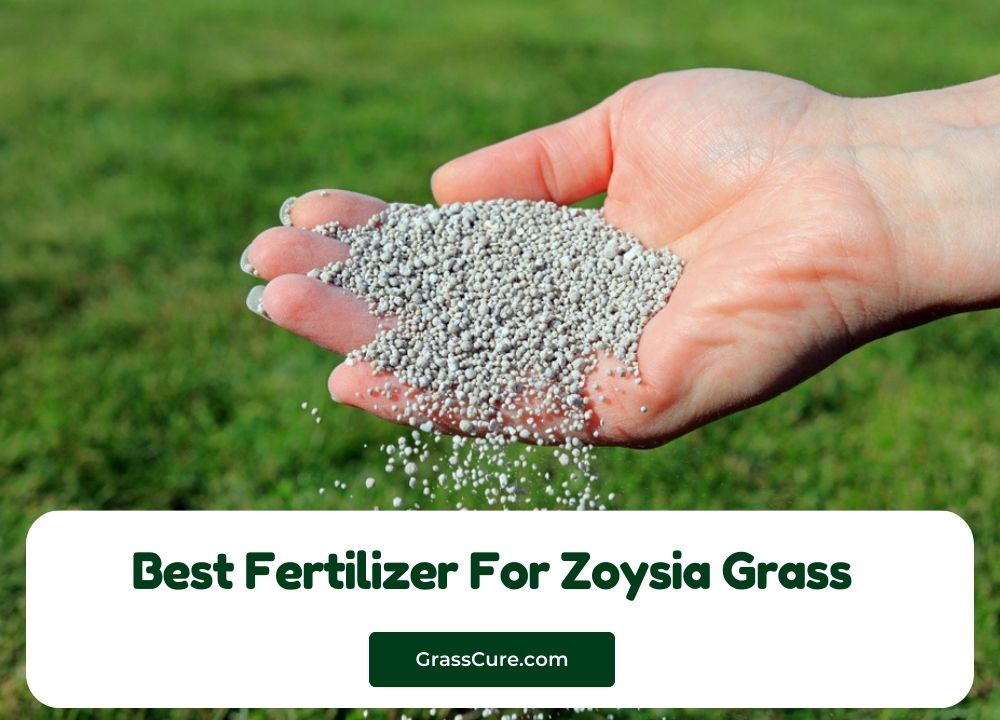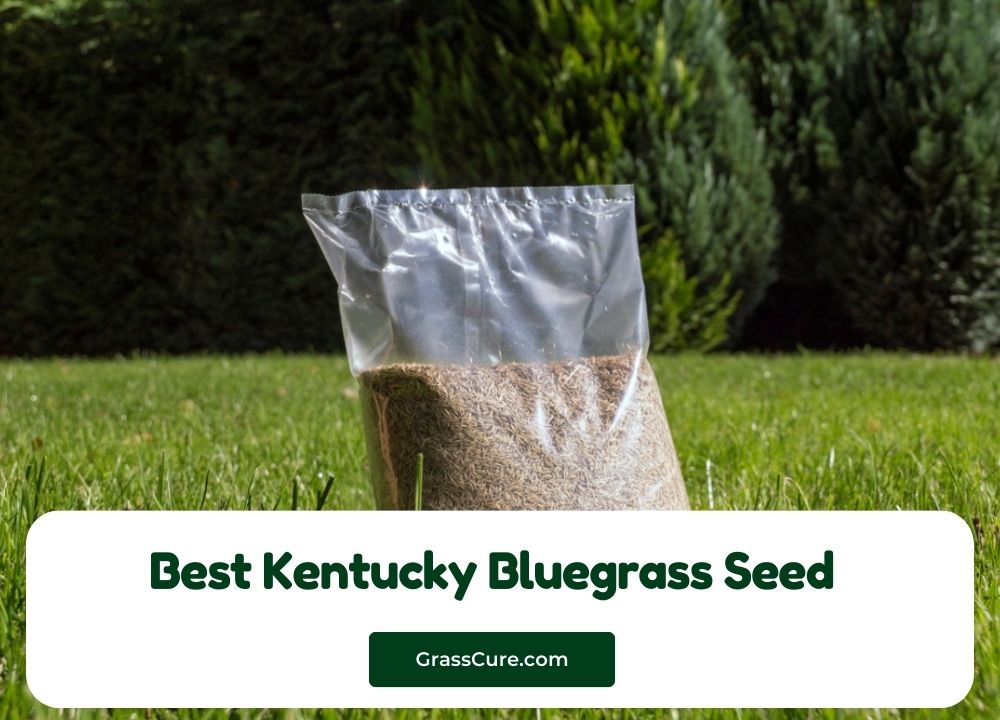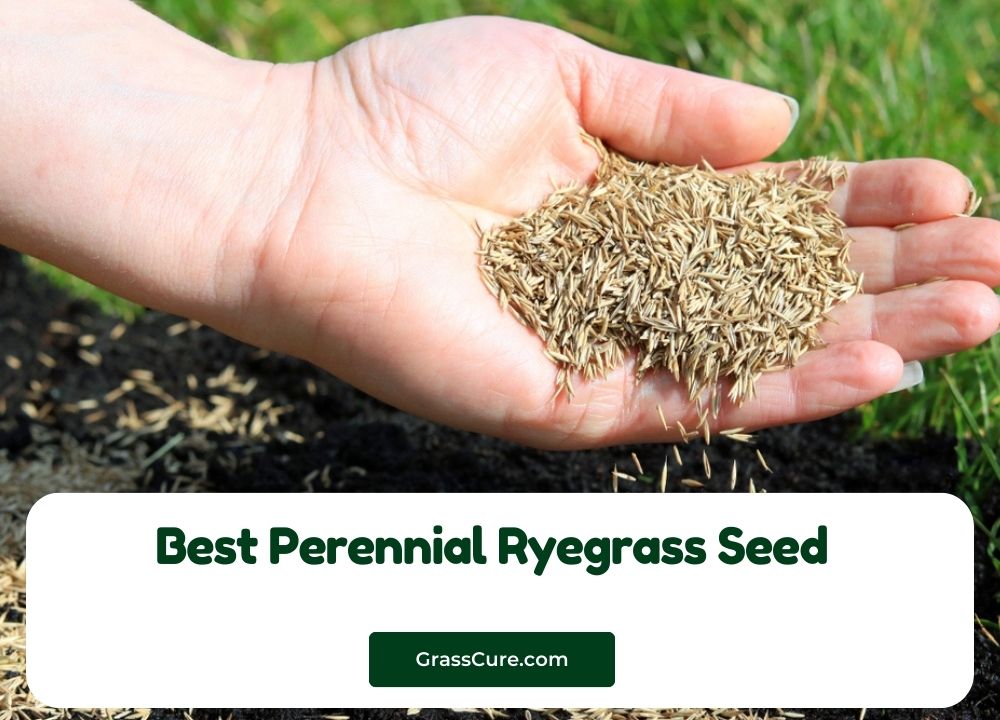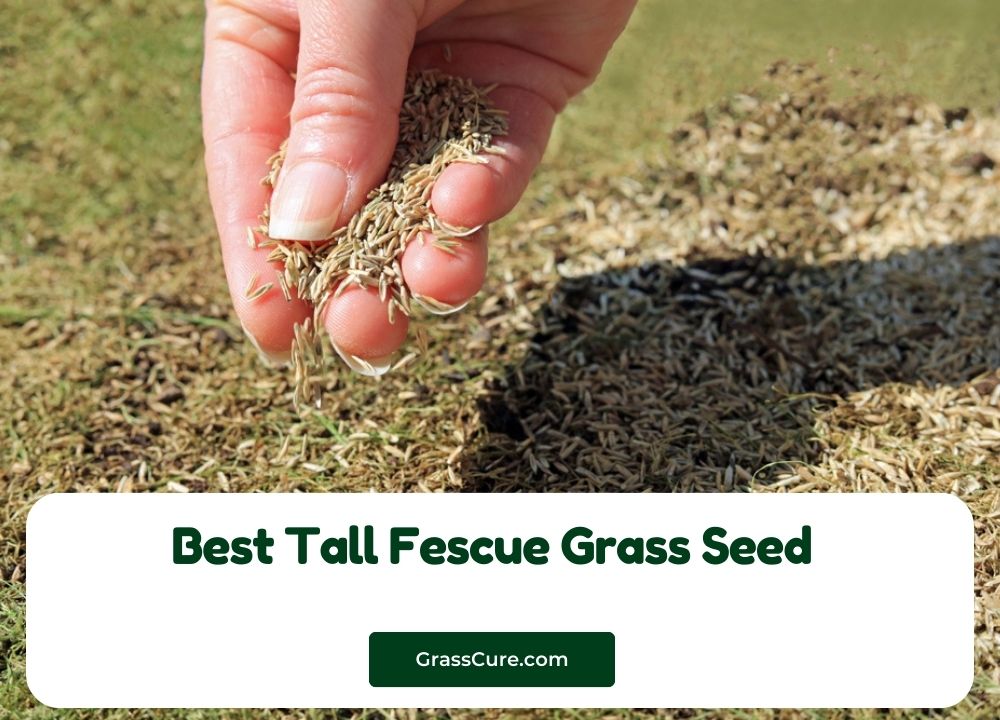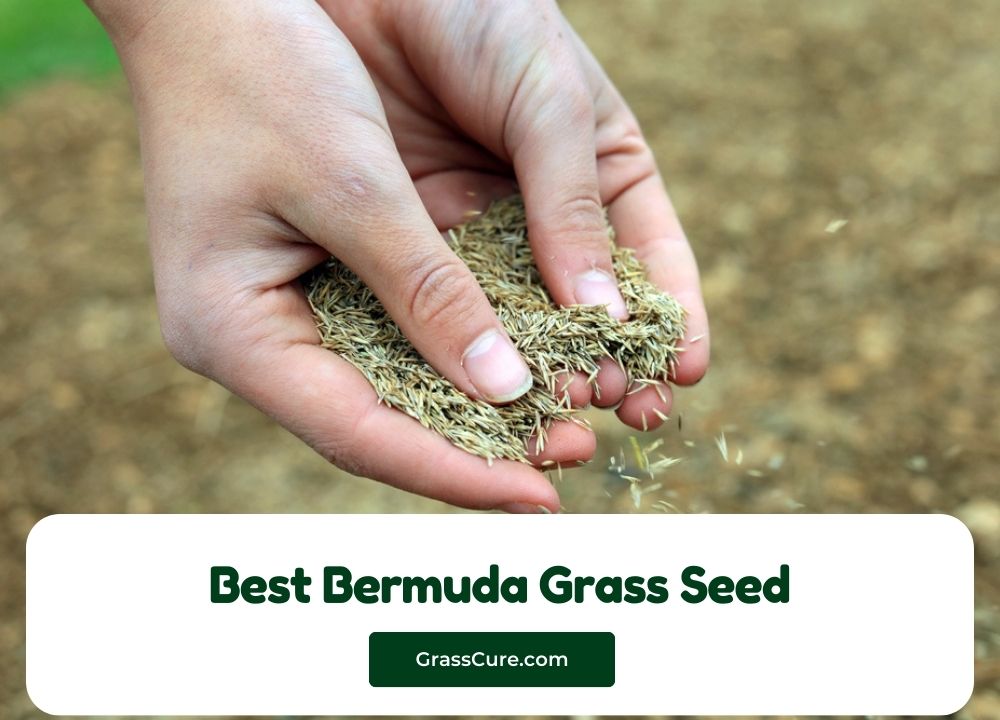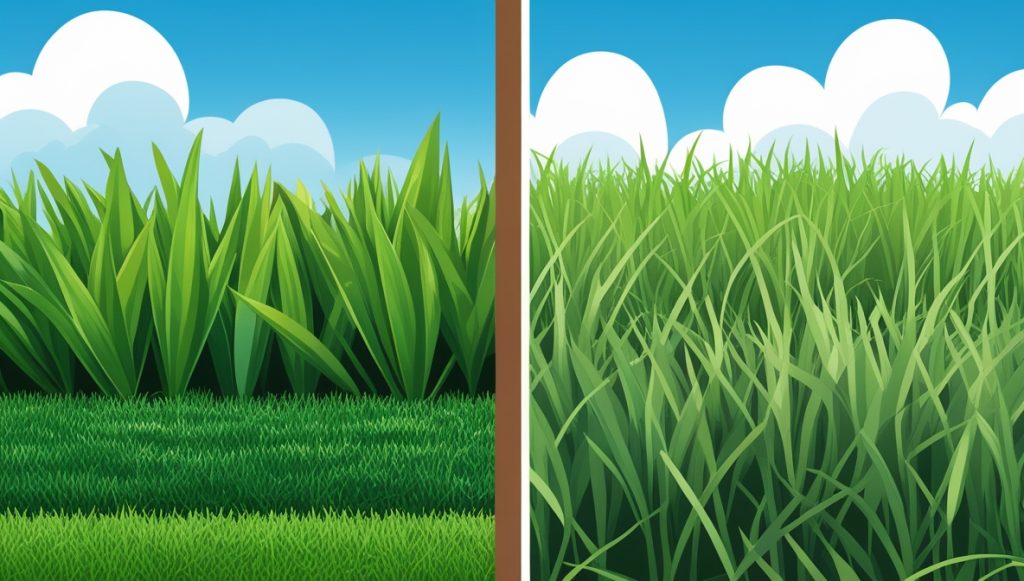Zoysia grass is a popular warm-season grass known for its lush, dense, and drought-tolerant qualities. It’s ideal for lawns in warmer climates due to its ability to withstand heat and dry conditions. Choosing the right Zoysia grass seed can make a significant difference in establishing a healthy, low-maintenance lawn that thrives even in challenging conditions. This article will guide you through the best Zoysia grass seeds available, key factors to consider, and tips for successful planting and care.
Contents
What to Consider When Choosing Zoysia Grass Seed
- Climate Suitability
Zoysia grass thrives in warm climates and is best suited for regions with hot summers and mild winters. It can tolerate some cold but performs best in USDA hardiness zones 6-11. Ensure the seed you choose is adapted to your region’s climate. - Soil Type and Preparation
Zoysia grass prefers well-draining soils with a pH level between 6.0 and 6.5. Check your soil type (e.g., sandy, loamy, or clay) and make necessary amendments, such as adding organic matter or adjusting pH, to create optimal growing conditions. - Sunlight and Shade Tolerance
While Zoysia grass thrives in full sun, it can tolerate partial shade better than many other warm-season grasses. Consider how much sunlight your lawn receives and select a seed variety that matches those conditions. - Drought and Heat Resistance
One of Zoysia’s key advantages is its excellent drought tolerance, reducing the need for frequent watering. Choose a seed variety that emphasizes these qualities if you live in an area prone to dry spells or water restrictions. - Foot Traffic Tolerance
Zoysia forms a dense, durable turf, making it suitable for high-traffic areas like backyards and sports fields. If you expect heavy foot traffic, look for a variety that is known for its strength and durability under stress. - Establishment Time and Germination Rate
Zoysia grass can take longer to establish compared to other grasses. Look for seeds with a high germination rate to speed up the process and reduce waiting time. - Maintenance Needs
Zoysia grass is relatively low-maintenance, but some varieties may require more frequent mowing, fertilizing, or pest control. Choose a seed variety based on how much time you’re willing to invest in maintenance.
Top Zoysia Grass Seed
Emerald Zoysia (Zoysia Emerald) grass seeds-1/8 lb
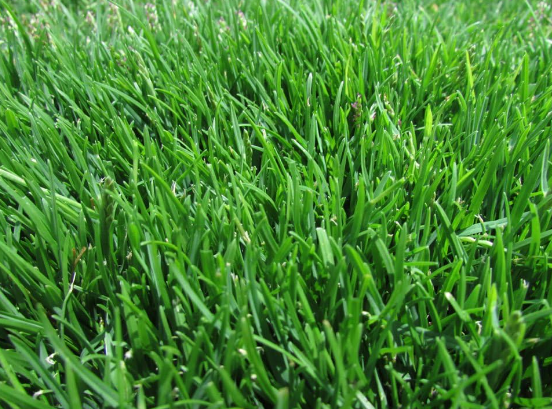
Emerald Zoysia is a popular variety of Zoysia grass, prized for its fine texture, dark green color, and dense growth. It’s often referred to as the “Cadillac of Zoysias” due to its aesthetic appeal and durability. This grass forms a thick turf that is highly resistant to wear, making it ideal for residential lawns, golf courses, and other high-traffic areas.
Key Features
- Fine Blade Texture: Emerald Zoysia has a soft, fine-textured leaf, which provides a lush, carpet-like feel underfoot.
- Shade Tolerance: It performs well in areas with partial shade, though it thrives best in full sunlight.
- Drought Resistance: This variety is very drought-tolerant, reducing the need for excessive watering.
- Slow Growth Rate: While it takes longer to establish from seed compared to other grasses, its slow growth reduces the frequency of mowing.
- Durability: Emerald Zoysia is known for withstanding heavy foot traffic and maintaining its appearance over time.
Pros
- Lush, dark green appearance.
- Excellent drought and heat tolerance.
- Can thrive in areas with partial shade.
- Dense turf that resists weeds and pests.
Cons
- Slow to establish from seed, requiring patience for full coverage.
- Can be more expensive than other Zoysia varieties.
- Requires careful maintenance, including mowing and occasional fertilization, to keep its appearance at its best.
Coverage
- 1/8 lb of Emerald Zoysia grass seed is suitable for small areas or for patching an existing lawn.
Best For
Emerald Zoysia is ideal for those looking for a premium lawn with a soft texture and rich color. It’s especially well-suited for high-end residential lawns, golf courses, or areas that receive moderate shade but need a resilient grass.
Zoysia grass seeds 1/8 lb

Zoysia grass is a warm-season grass known for its thick, soft turf and ability to thrive in hot climates. It’s valued for its drought tolerance, durability, and resistance to wear and tear. A 1/8 lb bag of Zoysia grass seed is perfect for small lawn areas or patching bare spots in an existing Zoysia lawn.
Key Features
- Dense Turf: Zoysia creates a thick, resilient lawn that can crowd out weeds and tolerate moderate foot traffic.
- Drought Resistance: Once established, Zoysia grass requires minimal watering, making it ideal for areas prone to drought or with water restrictions.
- Heat Tolerance: Performs well in warm climates, thriving in full sunlight and resisting high temperatures.
- Low Maintenance: Zoysia requires less frequent mowing and fertilizing compared to other grass varieties, making it a low-maintenance option.
Pros
- Excellent drought tolerance, reducing water requirements.
- Thick, dense growth that resists weeds and foot traffic.
- Low maintenance needs with infrequent mowing and fertilization.
- Can tolerate partial shade and full sunlight.
Cons
- Slow to establish, with longer germination and growth periods.
- Best suited for warm-season climates, struggling in colder regions.
- Higher initial cost for seeds compared to other grass types.
Coverage
- 1/8 lb of Zoysia grass seed is typically used for small areas, covering up to 100-200 square feet, depending on planting density.
Best For
Zoysia grass seeds in 1/8 lb quantities are ideal for homeowners looking to patch small areas or establish a dense, durable lawn in warm climates. It’s a great choice for lawns that experience dry conditions or require a low-maintenance grass solution.
Zenith Zoysia Grass Seed – 100% Pure Seed
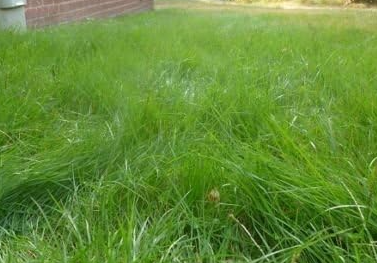
Zenith Zoysia is a versatile variety of Zoysia grass that is often referred to as Korean or Japanese Lawngrass. Unlike some other Zoysia varieties, Zenith can be planted from seed and is valued for its faster establishment, compared to traditional Zoysia varieties like Emerald. Zenith Zoysia is known for its adaptability, making it a good option for a wide range of climates, including both warm and slightly cooler regions.
Key Features
- Faster Establishment: Zenith Zoysia seeds tend to germinate and establish more quickly than other Zoysia varieties.
- Wide Climate Adaptability: Performs well in both warm and transitional climates, tolerating heat as well as moderate cold.
- Bright Green Color: Zenith has a medium to dark green hue, providing an attractive lawn with a lush appearance.
- Drought and Heat Tolerance: Like other Zoysia varieties, Zenith is drought-resistant and thrives in full sun, reducing water needs.
- Low Maintenance: Once established, Zenith requires less frequent mowing and fertilizing compared to other turf types.
Pros
- Can be easily planted from seed, unlike many other Zoysia varieties.
- Suitable for a range of climates, including some cooler regions.
- Excellent drought and heat resistance.
- Dense turf that resists weeds and heavy foot traffic.
- Requires minimal upkeep once established.
Cons
- Slower germination and growth compared to cool-season grasses.
- May still take several months to fully establish from seed.
- Can be more expensive per pound than some other grass types.
Coverage
- 1/8 lb of Zenith Zoysia grass seed is ideal for small lawn areas or patching existing lawns. It typically covers 100-200 square feet depending on seeding density and lawn conditions.
Best For
Zenith Zoysia grass is ideal for homeowners seeking a versatile, heat- and drought-tolerant lawn that can thrive in various climates, including both warm and temperate regions. It’s particularly suitable for those who want a resilient, low-maintenance lawn and prefer the convenience of planting from seed rather than sod or plugs.
Comparison Table: Zoysia Grass Seeds
| Feature | Emerald Zoysia | Zenith Zoysia | General Zoysia Grass |
|---|---|---|---|
| Texture | Fine, soft texture | Medium texture | Varies (medium to fine) |
| Color | Dark green | Medium to dark green | Medium to dark green |
| Shade Tolerance | Moderate | Moderate to good | Moderate |
| Drought Tolerance | Excellent | Excellent | Excellent |
| Heat Tolerance | High | High | High |
| Cold Tolerance | Low | Moderate (suitable for transition zones) | Low to Moderate |
| Growth Rate | Slow | Faster than other Zoysia types | Slow |
| Establishment Time | Slow (longer germination) | Quicker (faster to establish from seed) | Slow (varies by variety) |
| Planting Method | Plugs or sod recommended | Can be planted from seed | Seeds, plugs, or sod |
| Maintenance | Low (less mowing, occasional fertilization) | Low (minimal mowing, fertilization) | Low to moderate |
| Best Suited For | High-end lawns, areas with partial shade | Lawns in warm and transitional climates | General lawns in warm regions |
| Coverage (1/8 lb) | 50-100 sq ft (due to slow growth) | 100-200 sq ft | 100-200 sq ft |
| Cost | Higher | Moderate | Moderate |
Zoysia Grass Seeds Buying Guide
When purchasing Zoysia grass seeds, there are several important factors to consider to ensure that you select the best option for your lawn’s specific needs. Here’s a step-by-step guide to help you make an informed decision:
Determine Your Climate
- Warm Climates: Zoysia grass thrives in USDA hardiness zones 6-11, making it ideal for warmer regions.
- Transitional Zones: If you live in an area with cool winters and hot summers, choose a variety like Zenith Zoysia, which tolerates both heat and moderate cold.
- Cold Regions: Zoysia isn’t suitable for cold regions with long, harsh winters. If you’re in a cooler zone, consider other grass varieties more suited to cold.
Choose the Right Zoysia Variety
- Emerald Zoysia: Known for its fine texture and dark green color, it’s perfect for high-end lawns or shaded areas. However, it has a slower establishment rate and may require plugs or sod for faster results.
- Zenith Zoysia: Ideal for those looking to plant from seed, as it establishes faster than other Zoysia varieties. It’s also more adaptable to slightly cooler climates, making it great for transitional zones.
- Other Varieties: Look for grass seeds that match your specific needs, whether you need shade tolerance, heat resistance, or quick establishment.
Consider Soil and Sunlight Conditions
- Soil Type: Zoysia grass prefers well-drained soils with a pH level of 6.0-6.5. Conduct a soil test and amend your soil as needed.
- Sunlight: Most Zoysia varieties thrive in full sun but can tolerate partial shade. If your lawn has significant shade, ensure the variety you choose is shade-tolerant (like Emerald Zoysia).
Evaluate Drought and Traffic Tolerance
- Drought Resistance: Zoysia is highly drought-resistant, making it a good choice for areas with limited rainfall. If water conservation is important, Zoysia is an excellent low-water option.
- Foot Traffic: Zoysia forms a dense, durable turf that can withstand heavy foot traffic. For areas with frequent activity, choose a variety known for its durability, such as Zenith Zoysia.
Check Growth and Maintenance Requirements
- Growth Rate: Zoysia grass is slow to establish, but some varieties, like Zenith, have faster germination. If you need quick results, you might consider planting sod or plugs instead of seeds.
- Maintenance Needs: Zoysia requires less frequent mowing and fertilization once established. However, some varieties may require more care to maintain their appearance.
Compare Seed Coverage
- Seed Quantity: Calculate how much seed you need based on the size of your lawn. A 1/8 lb bag of Zoysia grass seed typically covers 100-200 square feet, depending on planting density.
- Germination Rate: Look for high-quality seeds with a high germination rate to ensure faster and more successful establishment.
Price vs. Quality
- Cost Considerations: Zoysia grass seeds tend to be more expensive than other types of grass, but the investment pays off in the long run due to its durability, low maintenance, and long lifespan.
- Seed Quality: Choose premium grass seeds from reputable brands to ensure a successful lawn establishment. Low-cost seeds may have lower germination rates or more weeds.
Planting Season
- Best Time to Plant: The ideal time to plant Zoysia grass seed is in late spring or early summer, when soil temperatures are warm enough (above 65°F). Planting in the right season helps promote faster germination and establishment.
Check for Seed Coating or Blends
- Some Zoysia seeds come coated with fertilizers or moisture retention compounds to improve germination rates. Blends may also include a mix of Zoysia with other grasses for specific climates or conditions.
Conclusion
Choosing the right Zoysia grass seed is essential for establishing a beautiful, low-maintenance lawn that thrives in warm climates. Whether you prefer the fine texture and luxurious appearance of Emerald Zoysia or the faster-growing, seed-friendly Zenith Zoysia, each variety has its strengths suited to different needs. Zoysia grass stands out for its excellent drought tolerance, durability, and minimal upkeep once established.
When purchasing Zoysia seeds, consider factors like climate suitability, soil conditions, sunlight exposure, and foot traffic tolerance. Although Zoysia may take time to establish, the long-term benefits of its resilience and aesthetic appeal make it a worthwhile investment. By selecting the right variety and following proper planting and care guidelines, you can enjoy a lush, green lawn that requires minimal maintenance year-round.
FAQ: Zoysia Grass Seeds
1. How long does it take for Zoysia grass to grow from seed?
- Zoysia grass is slow to establish from seed. It typically takes 14-21 days for seeds to germinate, and full lawn coverage may take several months to a year, depending on conditions. Patience is key with Zoysia.
2. What is the best time of year to plant Zoysia grass seed?
- The ideal time to plant Zoysia grass seeds is in late spring to early summer, once soil temperatures consistently reach 65°F or higher. Planting during this period ensures optimal growing conditions.
3. Can Zoysia grass grow in shaded areas?
- While Zoysia thrives in full sunlight, certain varieties like Emerald Zoysia can tolerate partial shade. However, heavy shade can limit growth, so it’s best to choose a variety known for better shade tolerance if your lawn has less sun exposure.
4. Does Zoysia grass require a lot of water?
- No, Zoysia is highly drought-tolerant. Once established, it requires less frequent watering compared to other grass types. During dry spells, it may turn brown but will recover with rain or irrigation.
5. Is Zoysia grass suitable for high-traffic areas?
- Yes, Zoysia forms a dense, durable turf that can withstand heavy foot traffic, making it ideal for lawns, play areas, and sports fields. Zenith Zoysia is particularly known for its resilience in high-traffic environments.
6. How often does Zoysia grass need to be mowed?
- Zoysia grows slowly, so it requires less frequent mowing than many other grass varieties. Once established, you may only need to mow every 7-14 days, depending on your desired lawn height.
7. Can Zoysia grass grow in cooler climates?
- Zoysia is best suited for warm-season regions, but varieties like Zenith Zoysia can tolerate cooler temperatures, making it a good option for transitional zones. However, it may go dormant in winter and turn brown until spring.
8. How do I prepare the soil for planting Zoysia seeds?
- Zoysia prefers well-draining soil with a pH of 6.0-6.5. Before planting, remove any weeds, loosen the soil, and, if necessary, amend it with organic matter or lime to ensure the proper pH level and nutrient availability.
9. Can Zoysia grass choke out weeds?
- Yes, once Zoysia is fully established, its thick and dense growth can crowd out most weeds. However, it’s important to manage weeds during the establishment phase by keeping the soil healthy and using pre-emergent herbicides if necessary.
10. Is Zoysia grass expensive to maintain?
- While Zoysia seeds or sod may have a higher initial cost, the maintenance is relatively low. Zoysia requires less frequent watering, mowing, and fertilization, making it a cost-effective option in the long run.

